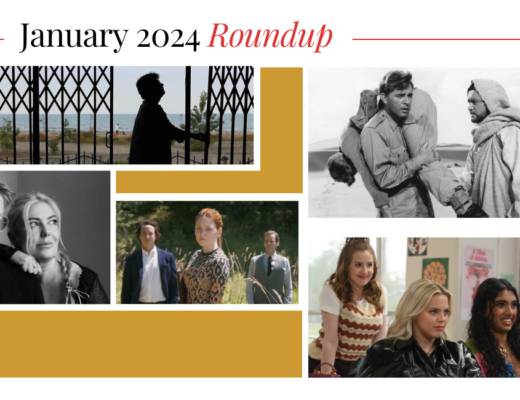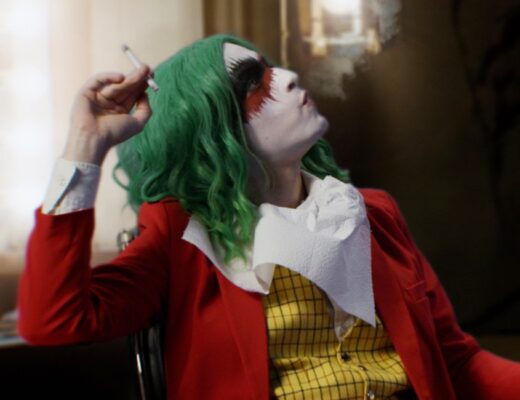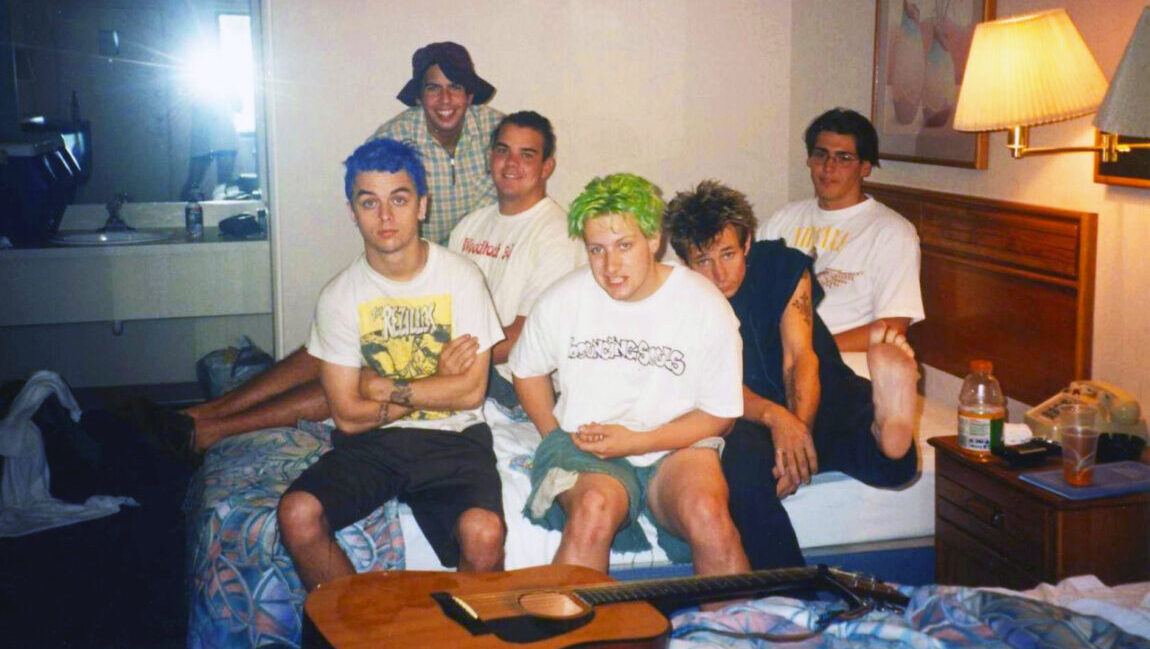The Woman in the Window neither takes advantage of its unique setting nor matches the nuance of its Rear Window inspiration, rendering the whole thing fairly empty-headed.
In The Woman in the Window, Amy Adams plays Anna, plucked from the controversial novel by Dan Mallory and thrust onto the screen by director Joe Wright. She’s an agoraphobic child-psychologist, embittered by routine boredom and separated from her husband and 8-year-old daughter. Anna spends her day isolated in her spacious 121st Street Harlem brownstone — with very little to do outside taking her daily cocktail of pharmaceuticals and passing out with a film noir each night. There are always a few bottles of Merlot within reaching distance, and while the psychologist knows the risks of mixing her medications with alcohol, she continues to bear the risk of an abundance of dangerous cognitive reactions. When a new family moves across the street, Anna’s solitary lifestyle begins to stir up problems in the neighborhood, as she begins to spend her days peering across Harlem’s gentrified streets and into her new neighbors’ window. Catching brief flashes of familial strife, Anna focuses in through the lens of her camera, overtly reminiscent of Jimmy Stewart in Rear Window. It’s not uncommon in Hollywood to find directors reaching for Hitchcockian inspiration, and most successful interpretations pay homage to the director’s trademark style while still embodying a unique vision of their own (a la Body Double). Here, Joe Wright fails to understand the utility of his technique or demonstrate any ability to incorporate it into his work.
In Rear Window, Hitchcock locks the audience down in their seat as they’re forced to take on the same voyeuristic engagement with the film as Jimmy Stewart’s L.B. Jefferies. The onscreen relationship between Grace Kelly and Stewart acts as a key to deciphering the thoughts swirling around the head of the immobilized photographer, a penetrating element absent in The Woman in the Window. Instead, Joe Wright and screenwriter Tracy Letts are outright manipulative in their cheap obstruction of key details, failing to establish a singular viewpoint in favor of producing sensationalist twists. The filmmakers shove the majority of said twists into the opening act, with different members from the family across the street paying visit to Anna, and these early interactions are by far the strongest moments in the film, as there is a noticeable shift in her mood. Since Anna’s agoraphobic personality confines her to the same location, nearly the entirety of The Woman in the Window takes place within the luxurious multi-story brownstone — but fails to explore any nuance of character or setting in the way of Rear Window. Hitchcock indulges in the witty banter exchanged between those who visit Jimmy Stewart throughout the film, painting a vivid, complex portrait of their roles and functions within society; it’s a feature distinctly absent in Wright’s film, as characters are relegated to a few meager interactions across the film’s runtime. The director could not be less interested in the finer dynamics of his 121st Street locale: it is, for him, merely an aesthetic. With no interest in commenting on the gentrification that has turned Harlem into an unrecognizable extension of the Upper West Side, The Woman in the Window never takes advantage of the unique perspective of the neighborhood, subtext which could have afforded an organic update on the familiar material. Wright does a lot of watching, but fails to see.
You can currently stream Joe Wright’s The Woman in the Window on Netflix.







